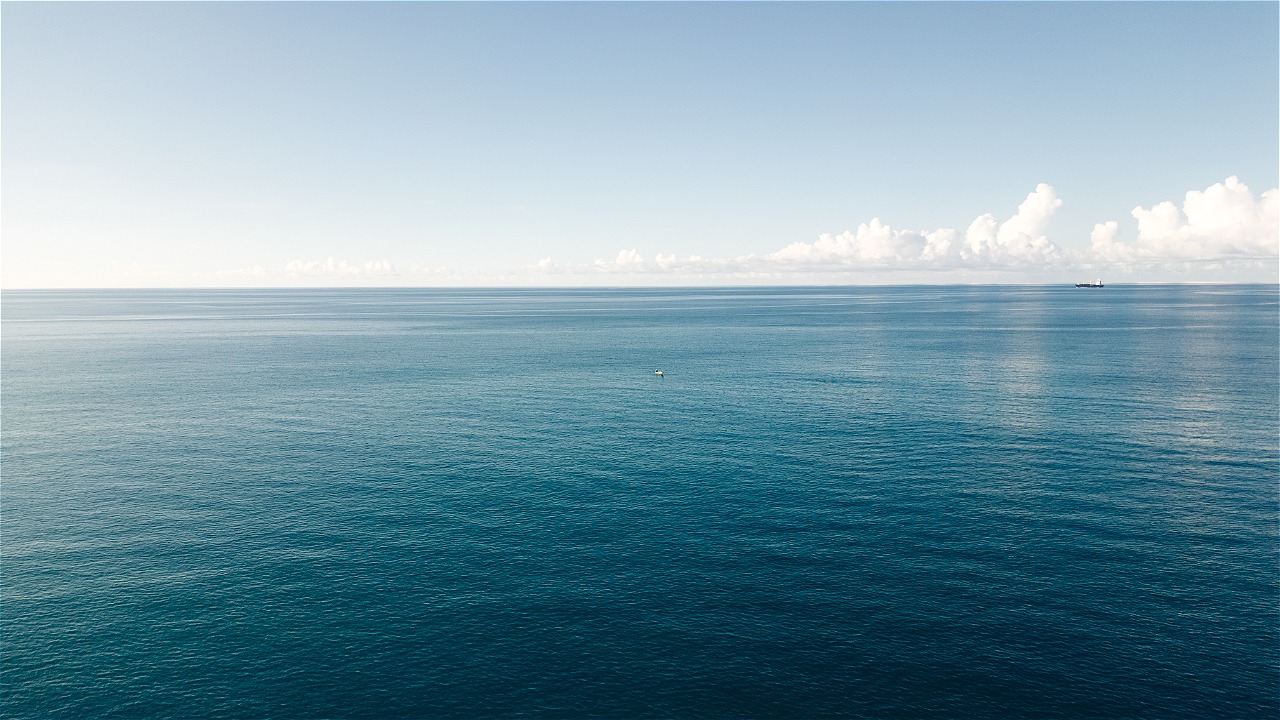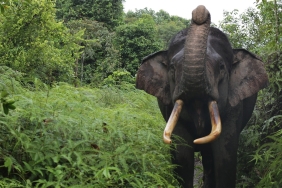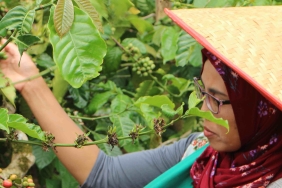WWF AND IAP PARTNERSHIP FOR LANDSCAPE AND SEASCAPE-BASED AREA MANAGEMENT
One of the challenges of realizing and implementing landscape and seascape-based conservation and area management, is the systematic area governance and integration process of the area in spatial planning. This approach requires regulatory planning instruments such as spatial planning that can be used as a legal umbrella for the arrangement of areas, which allows the connection of fragmented habitats to maintain ecosystem functions at a manageable level.
WWF-Indonesia on Wednesday, February 7, 2018, signed a memorandum of understanding with the Indonesian Association of Urban and Regional Planning Experts (IAP), for planning the development of programs related to regional/regional spatial planning, governance and conservation in priority terrestrial and marine landscapes, green infrastructure development and climate change oriented development, and the achievement of Sustainable Development Goals (SDGs) targets in Indonesia.
Rizal Malik, CEO of WWF-Indonesia, said, "A landscape cannot be effectively managed if it is still in jurisdiction-based planning, where there is a clear regional authority." The landscape approach needs to be translated into regional spatial planning as a strategic area from environmental and social aspects whose management is synergistic between regions, both between districts, provinces and countries.
Development activities that ignore the importance of biodiversity and ecosystems have eroded the wealth of natural resources. Infrastructure development in high conservation value areas and large-scale forest land conversion activities have brought negative ecological, social and economic impacts to the region. "The burden of environmental costs has been borne by the public, while economic benefits as production activities have not included environmental and social aspects as costs in production," added Rizal Malik.
Bernardus Djonoputro, Chairman of the National Board of IAP Indonesia, said, "Regional planning that has been done so far is still ad hoc and responsive, not yet done systematically. Integration between development and conservation has not been a consideration for planning in general."
As a professional organization, IAP Indonesia has the task of fostering, communicating, consulting and coordinating between regional and urban planning experts, and between regional and urban planning experts and other experts / professionals, with community, private, government and international institutions / agencies in order to realize sustainable development.
"If we want to achieve the targets of the Sustainable Development Goals (SDGs) in Indonesia, IAP needs to support regional governance and conservation in priority land and marine landscapes, green infrastructure development and climate change oriented development," continued Bernardus Djonoputro.
The cooperation between WWF and IAP will be focused on the implementation of knowledge development programs, capacity building of human resources, and technical assistance to the government and society in the broadest sense, to achieve the target of preservation and conservation of the environment and environmentally friendly development with a climate change perspective. Coordination and strengthening of policies related to good governance for conservation and management of ecosystems and biodiversity, development of green infrastructure and climate change-oriented development, and achievement of SDGs targets.
WWF, which has been working for more than 55 years in Indonesia, has several practical experiences related to conservation work that is systematically planned in spatial planning. Among other things, the process of integrating important community places in the Merauke district RTRW, as a cultural heritage area. Also on the Labiyan Leboyan orangutan corridor in the Kapuas Hulu District RTRW as a strategic area from an environmental aspect. Five ecosystem corridors in Sumatra and one of them is the RIMBA corridor which has been encouraged to be managed as stipulated in the Perpres of the Sumatra Island Spatial Plan. As well as the national strategic area of the border and the heart of Kalimantan (HOB) which has been stipulated in the PP RTRWN.
As a professional association, IAP assists the Government in 25 provinces in Indonesia and is an independent Planner Certification Body. Through The Most Livable City Index, IAP supports the Government in managing regions and cities to realize the development goals of the nation and state. IAP currently has pilot projects for smart city development in Makassar, South Tangerang, Bandung, Banyuwangi and Balikpapan.
***000***
CP: Barano, Puteri Maulida
About WWF:
About IAP:
The oldest and largest urban and regional planning professional organization in Indonesia and Southeast Asia, IAP was founded in 1971, with more than 3,000 members, 1,200 of whom are certified urban and regional planners. IAP members are spread across Indonesia and have formed 26 provincial administrations. IAP's vision is the realization of an international quality professional organization in the development and application of urban and regional planning science to support the achievement of national and state development goals.
Some of IAP's international partners include IFHP, ISOCARP, EAROPH, USAID, START, Mercy Corps, INTA, Salzburg Global Seminar, MIP, PIA, SIP, HKIP. IAP is the only organization of urban and regional planning practitioners in Indonesia and is an independent and fully accredited Professional Certification Body from the National Certification Body (June 2016).





